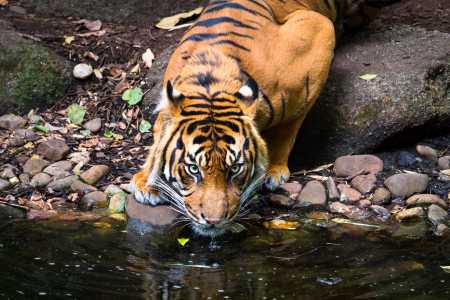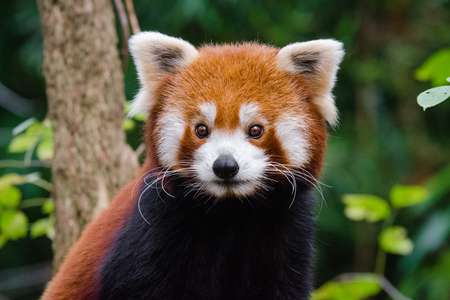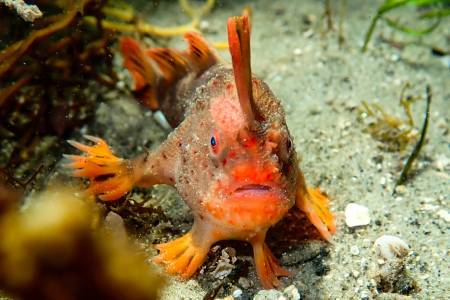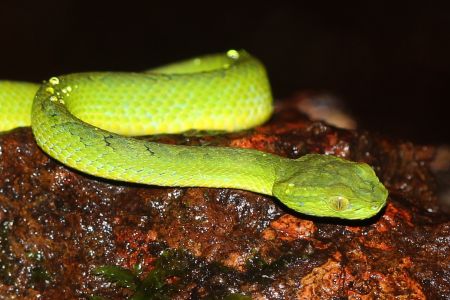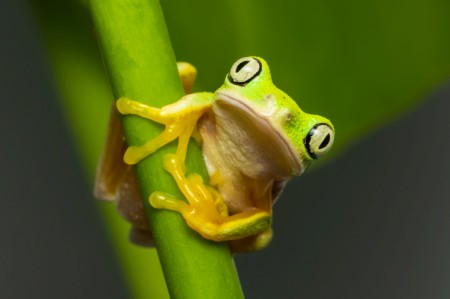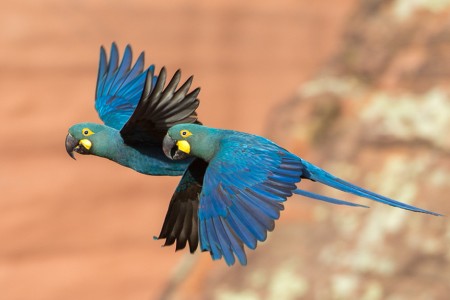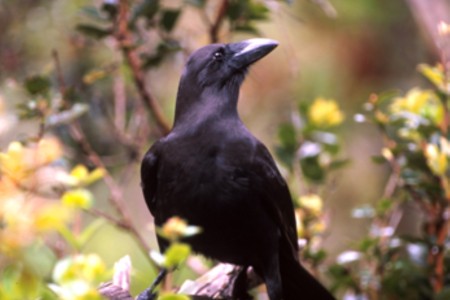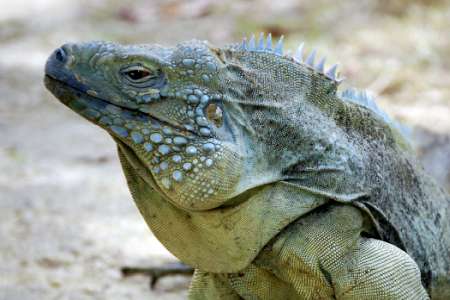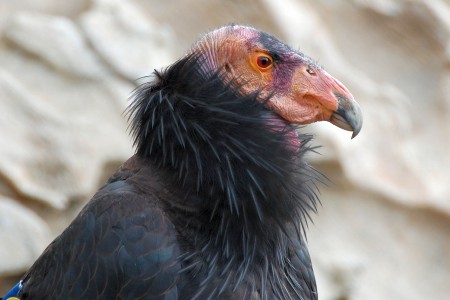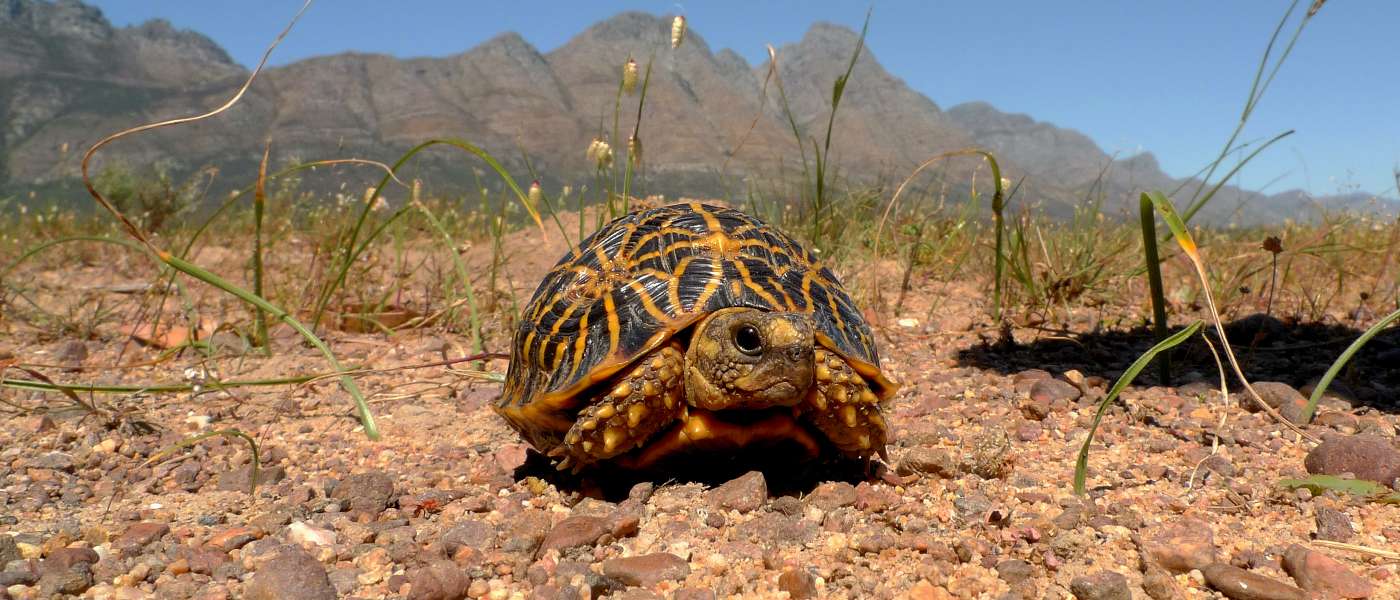
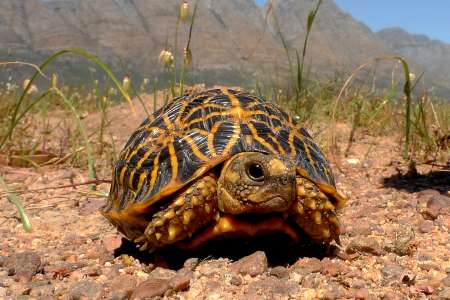
Geometric Tortoise
Small Creatures Facing Huge Survival Challenges.

INTRODUCTION
The Geometric Tortoise (Psammobates geometricus) is endemic to the diverse Western Cape of South Africa. Its impressive, intricately patterned carapace makes it one of the most visually distinctive tortoises worldwide.
Scientific Classification
• Kingdom: Animalia
• Phylum: Chordata
• Class: Reptilia
• Order: Testudines
• Family: Testudinidae
• Genus: Psammobates
• Species: P. geometricus
Appearance and Behavior
A fascinating trait of the Geometric Tortoise is its remarkable, eye-catching shell design. This aesthetic marvel comprises various geometric patterns, primarily composed of yellow lines that create an array of polygons on a dark brown or black carapace (shell) background. Juveniles are slightly less striking, sporting a darker, simpler pattern. The coloration of the shell helps in thermoregulation while also providing an effective camouflage against potential predators.
- Weight: The average is 200g—270g (0.44 – 0.60 pounds) for males and 430g—600g (0.95 – 1.3 pounds) for females. However, it has also been recorded that females weigh 680 to 850 g (1.5 – 1.9 pounds).
- Body length: The shell length, or carapace, ranges between 5 to 6 inches (12.7 – 15.2 centimeters).
The Geometric Tortoise burrows into shrubbery or soil during hot or cold weather. This helps them maintain optimal body temperature and serves as a method of escape from predators.
Habitat and Ecology
Geometric Tortoises are endemic to the nutrient-rich, low-lying shrublands of the Western Cape, South Africa. They live for about 40 years or more and eat a plant-based diet, primarily the flowers and leaves of the Fynbos vegetation.
Geometric Tortoises are oviparous. The female lays one to eight eggs in two clutches per year and often uses burrows made by other animals. After a gestation period of 120-210 days, a tiny tortoise, measuring around 1.2 – 1.6 inches in length, hatches from the egg. There is no parental involvement after hatchlings emerge.
Conservation Status
The Geometric Tortoise is a species often overlooked in conservation due to its small size. However, this diminutive creature’s beautiful geometric shell pattern and its high degree of endemism (it only occurs in a specific region) have attracted the attention of scientists and wildlife enthusiasts around the globe. Unfortunately, in 2017, the uniqueness that makes it a subject of fascination also landed it on the critically endangered list of the International Union for Conservation of Nature (IUCN). The danger of extinction represented by this categorization points to the extreme vulnerability of the species. It underscores the urgency to implement effective and holistic conservation strategies to prevent the species from disappearing forever.
Conservation focuses on habitat restoration, legal protection, captive breeding, and public education. Research and community involvement are key to improving conservation strategies.
THREATS TO GEOMETRIC TORTOISES
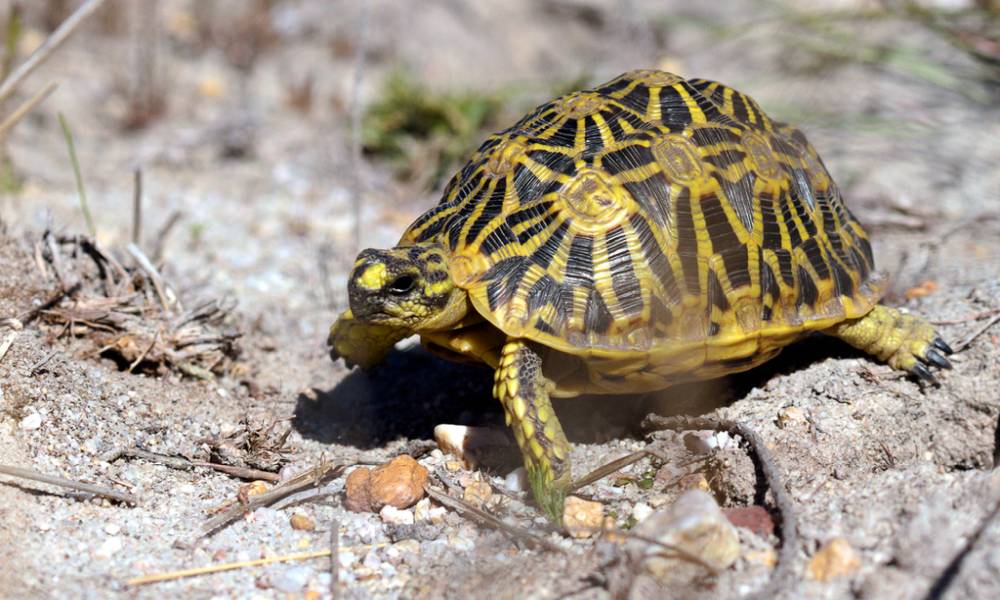
Habitat Loss and Other Threats of Extinction
The Geometric Tortoise has been grappling with a dramatic population decline for quite some time now. A lethal combination of habitat destruction, predation by natural enemies, and the unauthorized gathering of specimens for regional cuisine and the pet market is uncommon. However, it still poses substantial threats, and that has drastically reduced the number of animals in the wild.
According to the Rainforest Trust, “Extreme habitat loss from vineyards, ranches, and urbanization from nearby Cape Town have decimated 95% of the species’ already-limited range, pushing it to the edge of extinction”. The incessant transformation of their native habitat into farmland or construction sites significantly shrinks the tortoises’ living space and depletes food availability. These changes force the remaining tortoises to compete fiercely for the dwindling resources, adding another stress level to their precarious existence.
Current estimates suggest that less than a thousand individuals survive in their natural habitat. This drastic population reduction creates a genetic bottleneck that could severely affect the species’ long-term survival. Limited genetic diversity can make the species more susceptible to diseases and reduce their ability to adapt to environmental changes. Alarmingly, these developments have pushed the species to the brink of extinction, making their survival a matter of grave concern for conservationists worldwide.
Illegal Wildlife Trade
The exquisite geometric patterns on the tortoise’s shell, while captivating to behold, have sadly made it a prime target in the illegal pet trade. Despite the implementation of rigorous legal protections and trade restrictions under the Convention on International Trade in Endangered Species (CITES), enforcement has proved extremely challenging due to the clandestine nature of these illegal activities. The ongoing illicit trade in these tortoises has threatened the species’ survival and undermined conservation efforts.
Predation Is a Constant Threat
Apart from environmental change from human activities, the Geometric Tortoise also faces natural threats from predation. The size of these tortoises makes them easy to pick for predators, including feral pigs, baboons, and birds of prey such as white-necked ravens and pied crows. especially the vulnerable juveniles. This high predation rate significantly contributes to their declining numbers, and the young tortoises’ inability to fend off these attacks only exacerbates this problem. There are also reports of people consuming the eggs of these tortoises.
Catastrophic Fire Events
In the fynbos region where the Geometric Tortoise resides, fire events are recurrent, both natural and those instigated by human activities. These fires lead to high mortality rates among the tortoise populations, especially the young and juvenile ones ill-equipped to escape these events. Furthermore, the fire’s aftermath often leaves behind a scorched landscape devoid of food and shelter, making survival even more difficult for the surviving tortoises.
Disease: The Invisible Killer
Like all creatures, the Geometric Tortoise is not immune to diseases. The species is susceptible to various illnesses, including respiratory tract infections, shell rot, and parasitic infestations such as ticks and worms. These diseases can often cause high mortality rates, especially in small, isolated populations where the spread of disease can be rapid and unchecked. The lack of genetic diversity in these small populations further exacerbates the problem, increasing the likelihood of disease outbreaks and reducing the population’s overall resilience.
The Geometric Tortoise faces many monumental threats that challenge its existence. These threats are varied and complex, ranging from habitat loss, illegal wildlife trade, predation, and diseases. Continuing conservation strategies are urgently needed, considering all these different factors. The tortoise, with its distinctive shell, plays a role in maintaining the ecological balance in the fynbos. Its loss would be a grave blow to biodiversity.
Irrigation Canals
Irrigation canals, essential for agriculture, pose a significant threat to Geometric Tortoises. In regions like the Ceres Valley, these man-made waterways become lethal traps. The canals’ steep, smooth sides prevent tortoises from escaping once they’ve fallen in. Consequently, many tortoises succumb to drowning or exhaustion. Juvenile tortoises are particularly vulnerable due to their small size. Moreover, these canals fragment the landscape, impeding the tortoises’ natural movements and isolating populations. While some conservation efforts have implemented escape ramps or protective covers, these solutions are not yet widespread, leaving many canals as ongoing hazards for the species.
Habitat Management
Ineffective habitat management has exacerbated the challenges faced by the Geometric Tortoise. Invasive plant species have overrun much of the tortoises’ native habitat, creating dense vegetation that impedes movement and reduces access to food sources. The extensive spread of these invasive plants makes their removal logistically challenging and resource-intensive. Furthermore, shifts in agricultural practices, such as the transition from sheep to cattle farming, have had detrimental effects. Cattle, being larger and heavier than sheep, cause more significant soil compaction and vegetation damage. This change reduces available food and shelter for the tortoises and destroys crucial microhabitats used for nesting and thermoregulation.
Climate Change
Climate change represents a pervasive, long-term threat to the Geometric Tortoise’s survival. Rising temperatures and altered precipitation patterns are transforming the species’ habitat, making it increasingly arid. This climatic shift negatively impacts the growth and distribution of plant species that tortoises depend on for sustenance. Water scarcity is becoming more pronounced, affecting both the tortoises and their ecosystem. The changing climate also influences fire regimes, potentially leading to more frequent and intense wildfires that can devastate tortoise populations. Additionally, climate change may disrupt the species’ temperature-dependent sex determination, potentially skewing population sex ratios. The rapid pace of these environmental changes outstrips the tortoises’ ability to adapt or migrate, especially given their limited remaining habitat.
Current Conservation Status
The Geometric Tortoise faces a critical risk of extinction in the wild. Population estimates suggest fewer than 1,000 mature individuals remain, scattered across a handful of fragmented habitats. Conservation efforts, including habitat protection, invasive species management, and captive breeding programs, are underway but face significant challenges. Limited resources and the complexity of threats hinder these initiatives. The species’ restricted range, confined to a small area in South Africa’s Western Cape, makes it particularly vulnerable to localized catastrophic events. Preserving this unique species requires urgent, multifaceted conservation strategies. These must address immediate threats while also tackling long-term challenges posed by habitat loss and climate change. Potential interventions include habitat restoration, improved land management practices, and possibly assisted migration to suitable habitats.
IMPORTANCE OF GEOMETRIC TORTOISES

Economic Implications of Population Declines
The Geometric Tortoise has a shrinking population requires substantial conservation efforts to ensure its survival. The associated costs and economic implications of these programs are not only borne locally but also spread globally.
The initial financial impact involves significant resources directed toward research and protection initiatives. International organizations and governments often support these efforts, financed partly by taxpayers worldwide. The costs include direct expenses related to research and scientific studies and indirect ones associated with enforcing protective measures.
As in all ecosystems, each species provides services; the Geometric Tortoise contributes by aiding seed dispersal. This promotes plant regeneration and diversifies the local vegetation. As its numbers decline, these services are proportionately diminished. Expensive ecological restoration and management are necessary to remediate ecosystem imbalances; conservation groups and taxpayer-funded subsidies worldwide provide much of it.
Effects on Local Ecosystems
The dwindling population of the Geometric Tortoise has far-reaching implications for its local ecosystem. The extinction of any one species can upset delicate habitat balances, impairing the health and overall functioning of the ecosystem. It cannot be overstressed that every species is connected to all others in a bewildering web of dependencies. Species’ extinctions disrupt food chains and lead to overpopulations or declines of other species, which spiral outward to potentially cause further extinction and damage.
Role in Climate Change Mitigation and the Impacts of Global Pollution
The Geometric Tortoise’s importance in mitigating climate change is far more significant than it may appear at first glance. These tortoises are seed dispersers, contributing indirectly yet crucially to carbon sequestration, an important aspect of climate change mitigation. By helping spread seeds, they facilitate the growth of plants that absorb carbon dioxide, reducing the amount of this greenhouse gas in the atmosphere.
Their extinction would reduce the local ecosystem’s capacity to perform this vital function. Without this species, the ecosystem’s ability to sequester carbon would be hampered. Given climate change’s already increasingly damaging effects, any loss of services that mitigate it should not be discounted. Climate change is a chain of reactions that demonstrates the interlinked nature of our global ecosystem and the crucial role every species plays within it.
As the world grapples with the effects of an escalating climate crisis, the loss of any species, especially those contributing to climate change mitigation and ecological balance, comes with considerable costs. Initiatives to reduce carbon emissions, counteract global pollution, restore damaged habitats, and reestablish biodiversity are critical but require substantial funding. The Geometric Tortoise’s plight underscores the broader issue of biodiversity loss due to environmental changes, emphasizing the urgent need for global action.
Legislative and Enforcement Expenses
Implementing protective measures for endangered species like the Geometric Tortoise requires significant resources for effective monitoring, enforcement, and compliance. The looming threat of losing up to a million species necessitates preventative steps to avoid extinction and preserve biodiversity. Governments worldwide endure these escalating costs, which strain their budgets, with taxpayers globally shouldering this burden.
Loss of Potential Ecotourism Opportunities
The Geometric Tortoise, with its distinctive shell pattern and behavior, has immense potential for ecotourism. Declines in their population or potential extinction result in lost opportunities for ecotourism, impacting local communities that could have benefited from tourism revenue. The ecotourism industry generates billions of dollars yearly. Any potential losses of income are money that would, in part, have been available to help the environment – not only local but global economies.
Justifying Economic Investments for the Geometric Tortoise
The role in biodiversity conservation and climate change mitigation underlines the importance of preserving this species. While the financial costs of maintaining biodiversity are considerable, losing this species and a million other nature losses are far higher. Though costly, economic investments for their preservation are justifiable and necessary for them and us.
HOW TO HELP GEOMETRIC TORTOISES
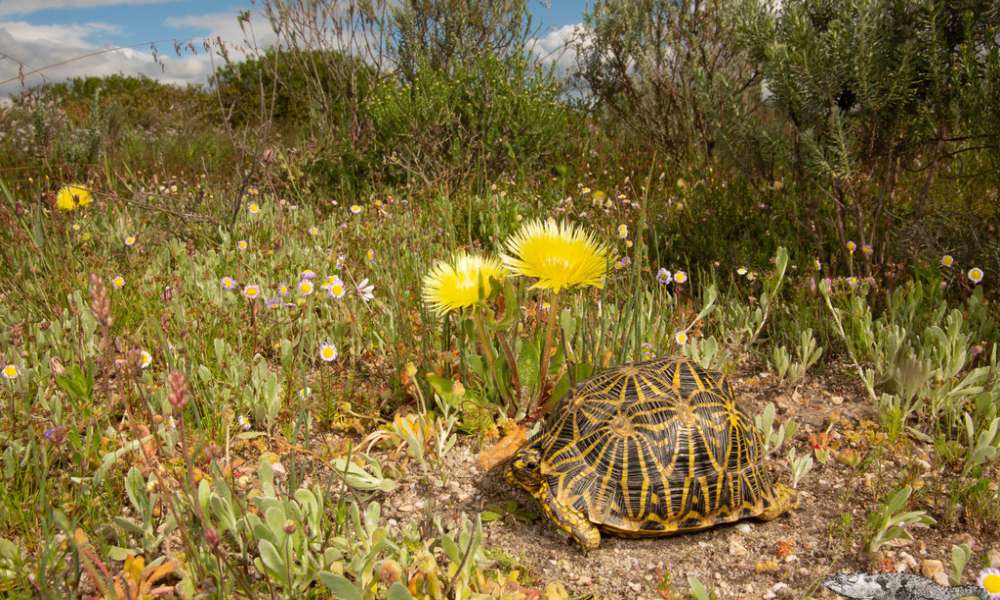
Biodiversity loss seen in the decline and potential extinction of many species, including the Geometric Tortoise, presents a significant global crisis. It fundamentally compromises the stability of ecosystems, disrupts the harmony of traditional livelihoods, and comes with a domino effect affecting life on Earth as we know it. Approaches to addressing biodiversity loss and many other environmental issues must be multifaceted, with individual, community, and global support. More importantly, the formulation and implementation of effective conservation measures hinge on understanding the complex interdependence of various life forms and the extensive repercussions of biodiversity loss.
Educational Outreach and Advocacy
Education is indispensable in pursuing conservation. Acquiring in-depth knowledge about the complex network of biodiversity, the distinct roles fulfilled by individual species like the Geometric Tortoise, and the severe ramifications of their potential extinction provides a basis for understanding the urgency of the crisis. Armed with this knowledge, individuals can effectively advocate for protecting endangered species. This could include using social media platforms, delivering public talks, hosting events, or engaging in meaningful personal conversations. The goal is to increase public and political awareness about the threats facing these species and the planet while promoting solutions. Educating leadership and electing persons who will actively participate and support conservation efforts is critical.
Support Local Communities
Local communities cohabitate with the Geometric Tortoise and other endangered species, making them significant stakeholders in conservation efforts. They have the potential to make substantial contributions to preserving species like the Geometric Tortoise. These contributions may involve implementing sustainable farming practices, efforts to prevent habitat destruction, and active participation in local conservation initiatives. Education plays a pivotal role in enabling these communities to recognize the ecological importance of these species, which can trigger increased involvement in conservation efforts.
Participate In Ethical Tourism
Tourism, when managed responsibly, is an ally to conservation efforts. Endorsement and participation in ethical tourism initiatives demonstrate respect for the environment and local communities. Ethical tourism encourages engagement in low-impact activities that minimize disruption to wildlife and their habitats. It also serves to bring jobs and income into local economies. This reinforces local cultures and economies, thus creating communities with high incentives to protect species such as the Geometric Tortoise while raising awareness about the importance of biodiversity conservation among tourists.
Prevent Illegal Wildlife Trade
The illegal wildlife trade poses a significant threat to numerous species worldwide, including the Geometric Tortoise. Taking a decisive stand against such activities, refusing to support the market for wildlife products, and advocating for more robust wildlife protection laws can go a long way in curtailing the demand that drives this damaging industry. Increased public awareness about the devastating impacts of illegal wildlife trade adds impetus to global efforts aimed at combatting it.
Support Conservation Organizations
Conservation organizations, operating at both local and global levels, are indispensable in countering biodiversity loss. They are involved in conducting crucial research, advocating for wildlife-friendly policies, and implementing conservation projects. Your support through financial donations, volunteering, or amplifying their work can considerably enhance their capacity to protect endangered species like the Geometric Tortoise.
These are a few that could use your support:
Adopt Environmentally Friendly Practices
Adopting environmentally friendly practices such as minimizing waste generation, transitioning to renewable energy sources, and promoting sustainable consumption patterns helps mitigate climate change’s impacts. Making changes on a personal level is extremely important, but the need exists to have governments on board as well. Tackling what is driving global climate change must mean reducing your country’s dependence on fossil fuels and lowering its carbon footprint. These national and international issues require solutions from leadership who knows the public demands them. This, as well as other eco-friendly practices, will collectively contribute to improving the planet’s overall health and directly increase the survival prospects of endangered species.
In summary
Efforts to conserve endangered species like the Geometric Tortoise and mitigate biodiversity loss require comprehensive and concerted action at all levels of society. The journey towards effective conservation encompasses raising awareness, advocating for necessary changes, supporting local communities, promoting ethical tourism, preventing illegal wildlife trade, backing conservation organizations, and adopting environmentally friendly practices. These small but significant steps contribute to the larger objective of preserving the Earth’s biodiversity and fostering a livable Planet Earth for all species.

